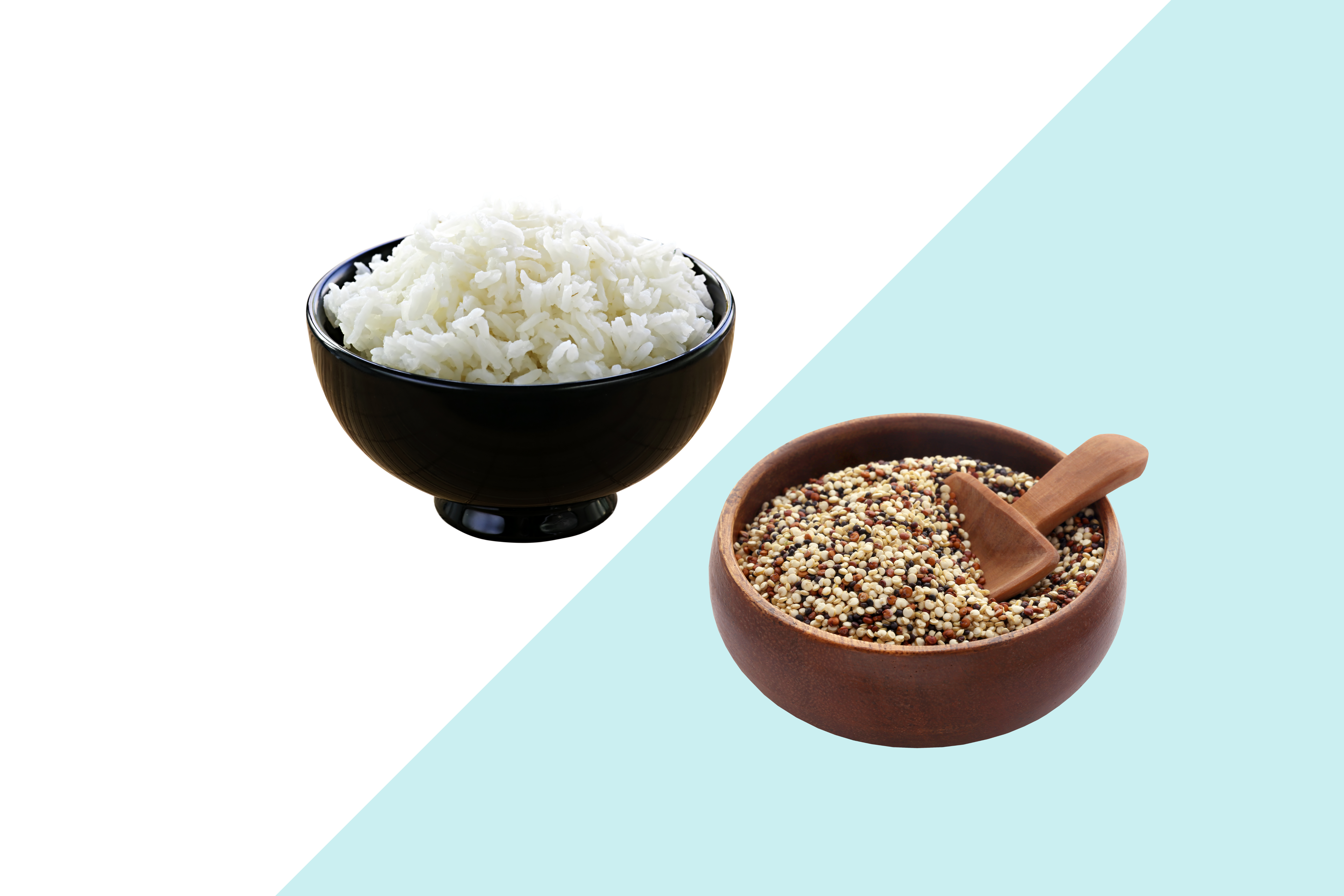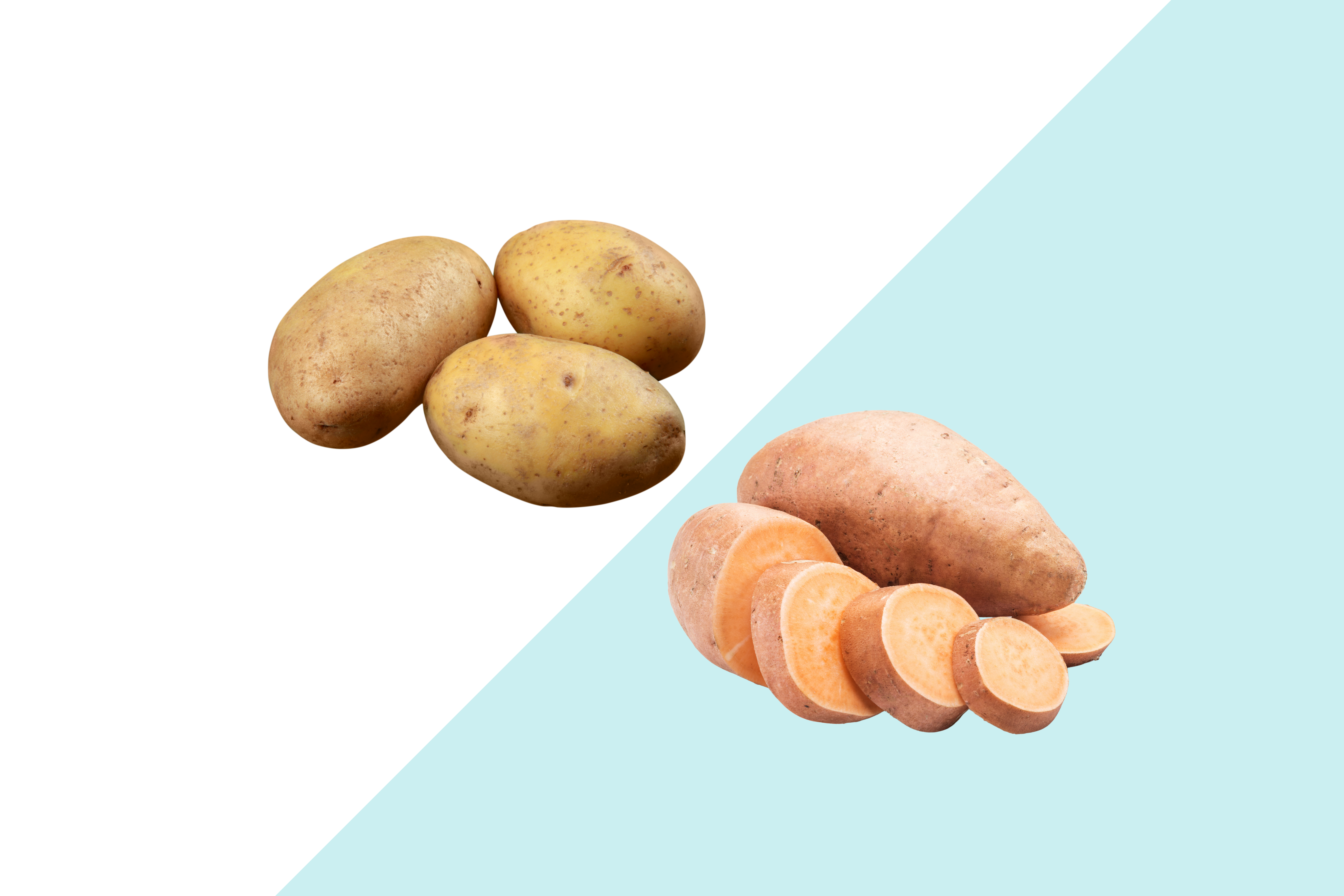25 Surprisingly Easy Superfood Swaps for a Healthier Diet
In today’s fast-paced world, eating well can feel like a luxury—but it doesn’t have to be. While the buzz around superfoods often brings to mind exotic ingredients with intimidating price tags, the truth is, you can supercharge your nutrition with simple, accessible swaps that fit effortlessly into your routine. Superfoods are more than trendy buzzwords—they’re nutrient-dense ingredients that can boost immunity, sharpen focus, support heart health, and fuel your energy naturally. We’ve expanded our list to bring you 25 surprisingly easy superfood swaps that prove healthy eating doesn’t have to be complicated or expensive. Whether you're revamping your breakfast, upgrading your snacks, or adding a little extra punch to dinner, these clever substitutions will help transform your meals into powerful tools for vibrant, long-term wellness. By the end of this article, you'll have a toolkit of practical, everyday options to make your diet more nourishing—without sacrificing flavor or convenience.
1. Swap White Rice for Quinoa

White rice is a staple in many diets worldwide, but it lacks the nutrient density of its alternatives. Enter quinoa, a versatile grain that's not only rich in protein but also packed with essential amino acids. Unlike white rice, which is primarily a source of carbohydrates, quinoa offers a balanced profile of macronutrients that can help sustain energy levels throughout the day. Additionally, quinoa is high in fiber, which aids in digestion and promotes a feeling of fullness, making it an ideal choice for those seeking weight management. As a bonus, quinoa is gluten-free, making it suitable for individuals with dietary restrictions. By swapping white rice for quinoa, you can enjoy a more nutritious meal without compromising on taste or texture.
2. Replace Regular Potatoes with Sweet Potatoes

Potatoes are a beloved comfort food, but their nutritional profile can be significantly enhanced by opting for sweet potatoes. Rich in beta-carotene, sweet potatoes offer a vibrant orange hue that signifies their high antioxidant content. These antioxidants are crucial for maintaining healthy skin and eyes, as well as supporting the immune system. Moreover, sweet potatoes have a lower glycemic index than regular potatoes, meaning they release sugar into the bloodstream more gradually, preventing spikes in blood sugar levels. This makes them an excellent choice for individuals managing diabetes or those looking to maintain steady energy levels. By incorporating sweet potatoes into your diet, you can enjoy a delicious and nutrient-rich alternative.
